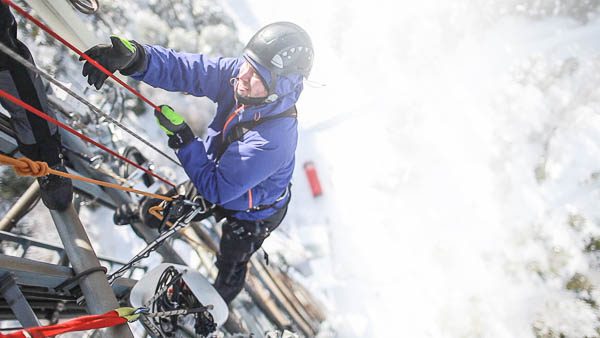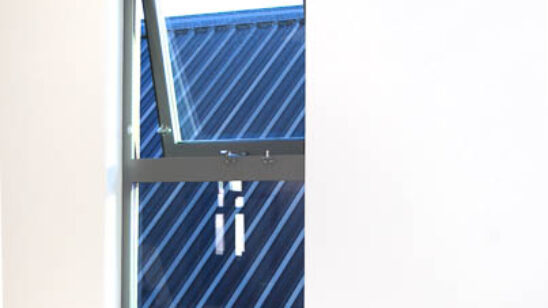
Gear Up for Winter
When the temperatures start dropping, it’s time to think about protecting yourself and your team from the elements.

With the cold’s ability to lead to fatigue and affect decision-making, it can also lead to an increase in injuries. Staff are also more inclined to take shortcuts to finish the job and get back to the warm, which can also lead to injuries or damage to plant and equipment. Even moderately cold temperatures can increase the risk of workplace incidents as the cold reduces manual dexterity, fingertip sensitivity and muscle strength.
Canterbury can have some tough, frosty mornings and Christchurch Site Safe Safety Advisor Trudy Hodge says warming up before getting into any hard yakka is always useful in avoiding cold-start injuries. “Stretching and moving the body’s mechanical workings before digging and lifting is always a good idea.”
Consider the following controls when working in the elements.
Food, shelter and wellbeing
• Food and liquid intake are essential to maintain body heat and prevent dehydration.
• WorkSafe says if continuous work is carried out in temperatures below 0°C, heated shelters such as cabins or ‘smoko’ rooms should be available.
• A strict timetable for breaks should be put in place to allow employees to warm up and change clothes if needed.
• Always have a hot brew on hand to keep core temperatures up.
Training
• Workers and supervisors should be trained to recognise the symptoms of cold exposure.
• Employees should be informed about PPE, safe work practices and emergency procedures in case of injury.
PPE
• Clothing should be worn in multiple layers; the bottom layer can be a range of materials including polypropylene, polyester or wool.
• The outer layer should be hi-vis, rain and wind- proof and allow for easy opening and removal.
• Merino is excellent for warmth and keeping the skin dry and some thermals are designed to draw the sweat away from the body.
• Exposed areas such as the head, hands and feet are just as important as the body. Gloves can become bulky and affect handling, so a better option is to provide warm air blowers or insulated handles on tools.
• Buy footwear that is well padded, insulated and made from materials such as leather, which allows the shoes to breathe. A great deal of heat is lost through the head, so if a hard hat is necessary, wear a fitted polypropylene or merino beanie underneath.
Equipment
• Plant, equipment and tools should be designed so they can be operated without having to remove PPE.
• The more complex or fiddly the activity, the greater the likelihood that PPE will be discarded, increasing risk.
Plan
• To avoid harsh winter conditions, plan work appropriate for the weather.
• If you cannot be adequately protected from the effects of the cold, then work must be suspended or rescheduled to remove the risk of harm.
Fatigue
Fatigue is a state of exhaustion, either mental, physical or both. Signs include:
• Irritability
• Being disengaged, slurred speech
• Clumsiness
• Being forgetful
Ways to counter it include:
• More breaks than normal if work is demanding and the conditions are harsh.
• Drink water, not sugary drinks which can dehydrate you.
• Ensure there is suitable shelter.
For more information, visit www.sitesafe.org.nz.



